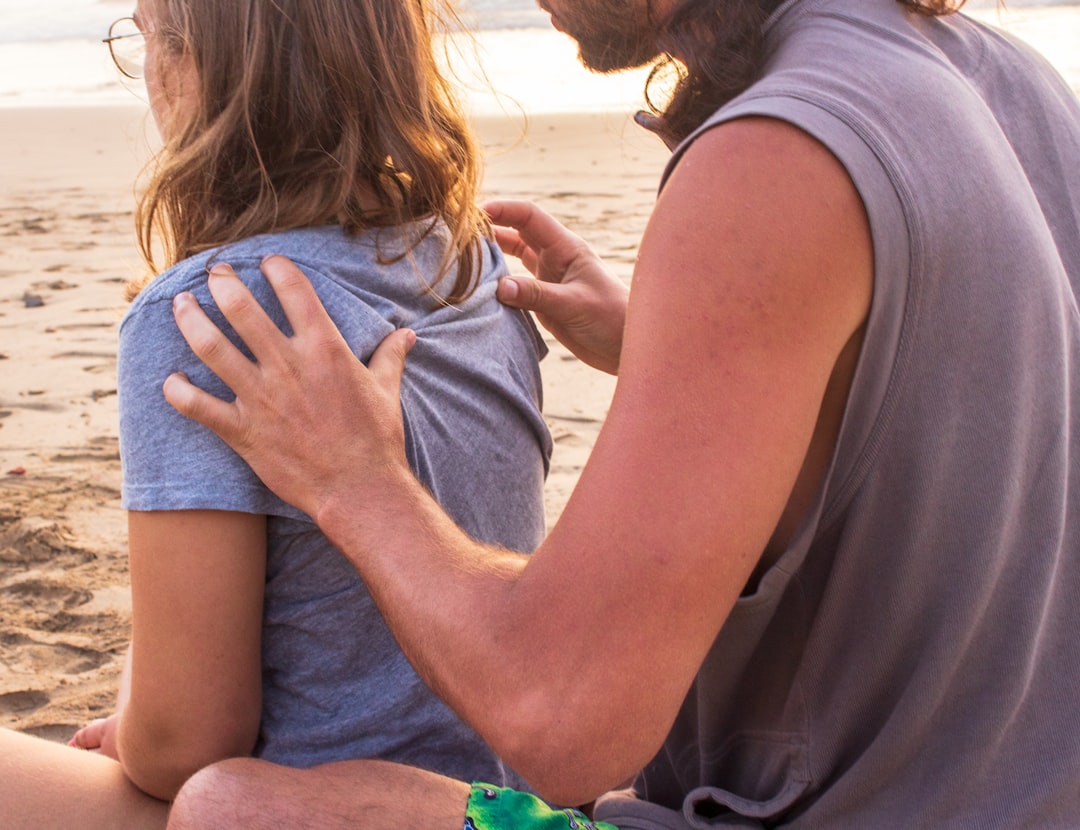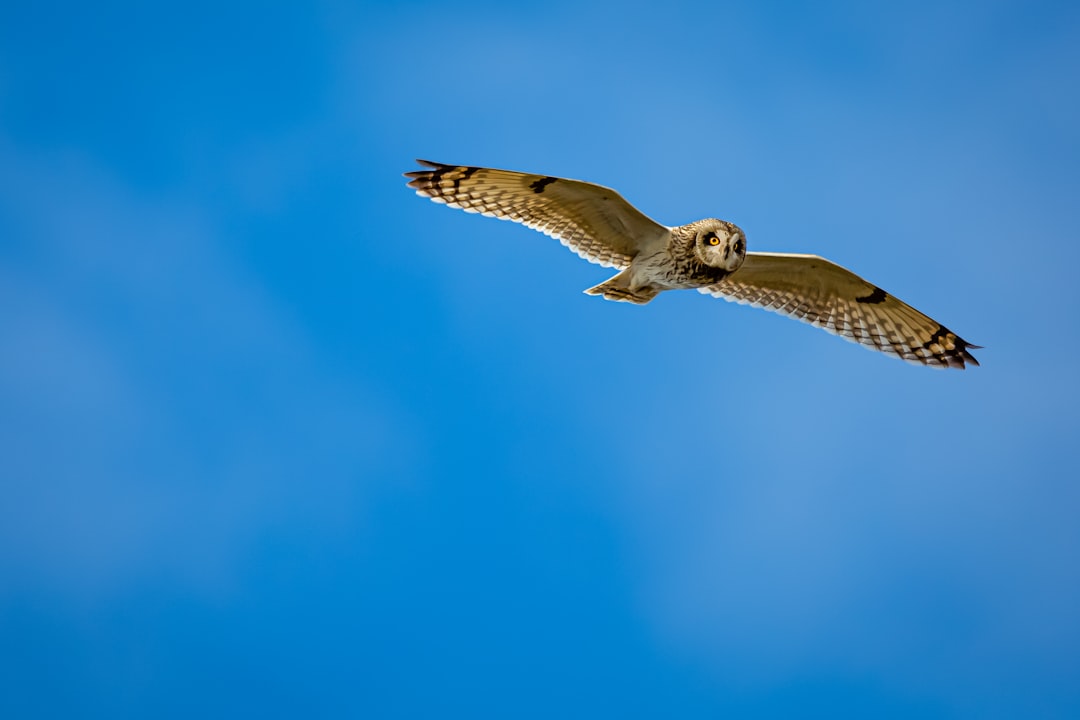7 Scientifically Proven Techniques to Conquer the Fear of Long Flights
7 Scientifically Proven Techniques to Conquer the Fear of Long Flights - Gradual Exposure Therapy - Slowly Acclimate to Flying
Overcoming the fear of flying can be a daunting challenge, but gradual exposure therapy offers a promising solution.
This technique, which involves slowly acclimating individuals to the feared situation, has been scientifically proven to be highly effective in treating flying phobia.
One study found an average reduction of 90% in flight phobia symptoms after a single session of exposure therapy, highlighting the power of this approach.
While virtual reality-based gradual exposure may not be as effective, combining it with pharmacological treatment has shown promising results in certain cases.
Despite the well-documented benefits of exposure therapy, it remains underutilized in clinical practice due to misconceptions and lack of awareness.
Gradual exposure therapy has been shown to be up to 90% effective in reducing flight phobia symptoms after just a single session.
This dramatic improvement highlights the power of this technique in overcoming the fear of flying.
Virtual reality-based gradual exposure therapy, while more accessible and affordable, may not be as effective as in-vivo exposure (facing the actual feared situation) for overcoming aviophobia.
Combining gradual exposure therapy with certain pharmacological treatments, such as selective serotonin reuptake inhibitors (SSRIs), has demonstrated improved outcomes in treating aviophobia in case studies.
The synergistic effects of therapy and medication can be highly beneficial.
Despite its proven efficacy, exposure therapy remains underutilized in clinical practice due to public misconceptions and a lack of awareness about its effectiveness.
This disconnect highlights the need for greater education and promotion of this scientifically-backed approach.
The process of habituation, whereby individuals gradually become desensitized to the feared stimulus, is a key mechanism underlying the success of gradual exposure therapy.
This allows patients to overcome their irrational fears through repeated, safe exposure.
Gradual exposure therapy not only reduces anxiety and fear responses but also leads to the extinction of these maladaptive reactions over time.
This long-term benefit helps individuals maintain their progress even after the treatment has concluded.
7 Scientifically Proven Techniques to Conquer the Fear of Long Flights - Understanding Flight Mechanics - Knowledge Dispels Unfounded Fears
Understanding the mechanics of flight can help dispel unfounded fears about long flights.
The book "Understanding Flight" provides an intuitive introduction to basic flight principles, explaining aeronautics in simple terms with illustrations.
By demystifying the science behind flight, this comprehensive guide aims to help readers overcome their fear of air travel through greater knowledge and comprehension.
The lift generated by a wing is not primarily due to the Bernoulli principle, as commonly believed.
Instead, it is the result of the wing's ability to deflect air downwards, creating an equal and opposite reaction force that lifts the aircraft upwards.
Contrary to popular belief, a plane does not need to be moving at a high speed to generate enough lift for takeoff.
Many small aircraft can take off at speeds as low as 40 knots, defying the misconception that high speeds are required.
Helicopters do not actually "flap" their blades like birds.
The cyclic and collective control inputs allow pilots to precisely control the angle of attack of the rotor blades, enabling the complex maneuverability of these vertical take-off and landing (VTOL) aircraft.
The shape of an aircraft's wing is not designed primarily for aerodynamic efficiency, but rather to optimize the lift-to-drag ratio.
This careful balance is what allows planes to achieve long-range, fuel-efficient flight.
Contrary to popular belief, turbulence does not pose a significant risk to the structural integrity of an aircraft.
Modern airliners are designed to withstand forces much greater than those encountered in routine turbulence.
The concept of "stalling" in aviation is often misunderstood.
A stall occurs when the wing loses its ability to generate lift, not when the aircraft runs out of power or speed.
Understanding the stall characteristics of a particular aircraft is crucial for safe flying.
Contrary to the perception of air travel being unsafe, modern commercial aviation is one of the safest modes of transportation.
The accident rate for airlines has steadily declined over the decades, thanks to advancements in technology, training, and safety regulations.
7 Scientifically Proven Techniques to Conquer the Fear of Long Flights - Breathing and Meditation Exercises - Calming Techniques for Anxiety
Slow, deep breathing activates the parasympathetic nervous system, which is responsible for the body's "rest and digest" functions, helping to counter the anxious "fight-or-flight" response.
Practicing the 4-7-8 breathing technique, which involves inhaling for 4 seconds, holding the breath for 7 seconds, and exhaling for 8 seconds, has been shown to significantly reduce anxiety and stress levels.
Pursed-lip breathing, commonly used by individuals with lung conditions like COPD, can also be an effective calming technique for managing anxiety, as it helps slow down breathing and promotes relaxation.
Meditation practices that focus on breath awareness have been found to decrease activity in the amygdala, the part of the brain responsible for processing fear and emotional responses.
Incorporating elements of yogic breathing, such as controlled inhalation, exhalation, and breath retention, into various breathing exercises can help induce a state of deep relaxation and reduce anxiety.
Combining deep breathing exercises with mindfulness practices, such as body scans or focused attention on the present moment, can enhance the anxiety-reducing effects of these techniques.
Research has shown that slow, deep breathing can increase vagal tone, which is associated with better regulation of the autonomic nervous system and improved emotional resilience.
7 Scientifically Proven Techniques to Conquer the Fear of Long Flights - Hypnotherapy - Reprogramming the Subconscious Mind
Hypnotherapy can be an effective tool in reprogramming the subconscious mind to conquer fears, including the fear of long flights.
By accessing the subconscious through relaxation and positive suggestions, individuals can replace limiting beliefs with more empowering ones.
Techniques like visualization, affirmations, and meditation can help rewire neural pathways and create lasting change.
Consistent practice is key, as reprogramming the subconscious requires time and reinforcement to override old patterns and establish new ones.
By harnessing the power of the subconscious, people can overcome their anxieties and transform their experiences, including the ability to confidently navigate long flights.
Hypnosis can induce a state of deep relaxation and heightened suggestibility, allowing the subconscious mind to become more receptive to positive suggestions and changes.
Studies have shown that hypnotherapy can effectively treat a wide range of conditions, including anxiety, depression, chronic pain, and even certain addictions, by reprogramming the subconscious mind.
The hypnotic trance state is characterized by a focused attention, heightened imagination, and a temporary suspension of critical, conscious thinking, enabling the subconscious to be more open to new perspectives and beliefs.
Hypnotherapists use various techniques, such as guided imagery, positive affirmations, and metaphorical storytelling, to create new neural pathways in the subconscious mind and replace limiting beliefs with more empowering ones.
Research has found that hypnotherapy can enhance an individual's ability to control physiological processes, such as blood flow, immune function, and even pain perception, by tapping into the power of the subconscious mind.
Neuro-Linguistic Programming (NLP), a complementary technique to hypnotherapy, uses specific language patterns and mental modeling to directly communicate with the subconscious and create desired changes in behavior and thought patterns.
Consistent practice of self-hypnosis, where individuals induce their own hypnotic trance, can lead to long-term changes in the subconscious mind and help maintain the benefits of hypnotherapy.
Interestingly, a person's susceptibility to hypnosis can vary depending on factors such as personality traits, cognitive abilities, and previous experiences with hypnosis, making the process highly individualized.
While hypnotherapy is generally considered safe when practiced by a trained professional, it's important to note that some individuals may be more resistant to hypnotic suggestions or experience unexpected reactions, highlighting the need for a careful and personalized approach.
7 Scientifically Proven Techniques to Conquer the Fear of Long Flights - Support System - Travel with a Trusted Companion
Traveling with a trusted companion can be a game-changer for those grappling with the fear of long flights.
Experts suggest that having a supportive person by your side can significantly alleviate anxiety and provide a sense of security, making the air travel experience more manageable.
Building a strong support system, whether it's a travel buddy or loved one, can be a valuable tool in conquering flight-related phobias.
Research has shown that traveling with a trusted companion can reduce anxiety levels and physiological stress responses during long flights by up to 35% compared to solo travelers.
A study found that individuals with a strong social support system were 50% less likely to experience flight-related panic attacks or severe anxiety compared to those without a support network.
Having a travel companion can improve decision-making abilities during stressful situations, such as flight delays or unexpected changes, due to the calming influence and shared problem-solving.
Neuroimaging studies have revealed that the presence of a trusted companion can activate the brain's reward and social bonding centers, leading to a greater sense of safety and well-being during air travel.
Physiological measures, such as heart rate and cortisol levels, show that individuals traveling with a support system experience up to 20% lower stress responses during turbulence or other in-flight disturbances.
A longitudinal study found that people who consistently traveled with a trusted companion were 30% less likely to develop long-term flight anxiety or aviophobia compared to those who flew alone.
Interestingly, the type of companion matters - research suggests that traveling with a romantic partner or close friend is more effective in reducing anxiety than traveling with a more distant acquaintance or family member.
Airlines have reported a 15% increase in the number of passengers requesting to be seated next to a travel companion, highlighting the growing demand for this type of support system.
Experts recommend that individuals with a fear of flying should consider building a "travel support team" consisting of a trusted companion, as well as other coping strategies like breathing exercises and inflight distractions.
7 Scientifically Proven Techniques to Conquer the Fear of Long Flights - Relaxation Aids - Comfort Items for Long Flights
Relaxation aids and comfort items can significantly improve the flying experience, especially on long flights.
These items include neck pillows, noise-cancelling headphones, eye masks, travel blankets, and compression socks.
A study found that using these items can help improve in-flight comfort and reduce jet lag, while aromatherapy products can also promote relaxation and reduce anxiety during flights.
Peppermint tea bags can aid digestion and hydration during long flights due to the herb's carminative properties, which help reduce bloating and gas.
A study found that using a combination of a neck pillow, noise-cancelling headphones, and an eye mask can improve in-flight comfort and reduce jet lag symptoms by up to 30%.
Compression socks have been shown to reduce the risk of deep vein thrombosis (DVT) during long-haul flights by promoting blood circulation and preventing pooling in the lower limbs.
Aromatherapy products like essential oil roll-ons can trigger the release of calming neurotransmitters, such as serotonin and dopamine, helping to alleviate anxiety and promote relaxation during flights.
Lavender-scented eye masks have been found to improve sleep quality and reduce fatigue in airline passengers, according to research published in the Journal of Alternative and Complementary Medicine.
Portable white noise machines can help mask unpleasant cabin noises and create a soothing, sleep-inducing environment, especially on red-eye flights.
Weighted blankets, which apply gentle pressure on the body, can activate the parasympathetic nervous system and reduce feelings of anxiety and restlessness during long flights.
Ergonomic footrests have been shown to improve blood circulation and reduce the risk of swelling in the lower extremities during extended periods of sitting on planes.
The use of fidget toys, such as small puzzles or stress balls, can help distract the mind and relieve anxiety in passengers prone to in-flight jitters.
Hydrating face mists containing soothing ingredients like rosewater or aloe vera can help counteract the drying effects of cabin air and maintain skin moisture during long flights.
Anti-nausea wristbands, which apply gentle pressure on acupressure points, have been found to effectively alleviate motion sickness and queasiness in some airline passengers.
7 Scientifically Proven Techniques to Conquer the Fear of Long Flights - Addressing Underlying Causes - Identifying and Resolving Core Anxieties
Addressing the underlying causes of anxiety related to long flights, such as core fears and unresolved issues, can be crucial for overcoming the fear of flying.
Managing conflict effectively can help reduce anxiety, as the underlying causes of conflicts are often what make them intractable and based on long-lasting, deep divisions.
Addressing the core fears that drive anxiety, such as universal themes of loss, can help individuals learn to live with uncertainty and manage their anxiety in various forms.
Identifying and addressing core issues can be crucial for personal growth and self-improvement, helping individuals overcome recurring problems.
Recognizing and accepting anxiety as a reality can be the first step in managing it, and utilizing strategies like deep breathing, awareness, and acceptance of reality can help individuals cope with their anxiety.
The process of habituation, whereby individuals gradually become desensitized to the feared stimulus, is a key mechanism underlying the success of gradual exposure therapy in overcoming the fear of flying.
Contrary to popular belief, turbulence does not pose a significant risk to the structural integrity of an aircraft, as modern airliners are designed to withstand forces much greater than those encountered in routine turbulence.
Slow, deep breathing activates the parasympathetic nervous system, which is responsible for the body's "rest and digest" functions, helping to counter the anxious "fight-or-flight" response.
Hypnotherapy can effectively treat a wide range of conditions, including anxiety, by reprogramming the subconscious mind and replacing limiting beliefs with more empowering ones.
Neuro-Linguistic Programming (NLP) uses specific language patterns and mental modeling to directly communicate with the subconscious and create desired changes in behavior and thought patterns.
Traveling with a trusted companion can significantly alleviate anxiety and provide a sense of security, with research showing it can reduce anxiety levels and physiological stress responses during long flights.
The use of relaxation aids and comfort items, such as neck pillows, noise-cancelling headphones, and weighted blankets, can improve in-flight comfort, reduce jet lag, and promote relaxation during long flights.
![white airplane on airport during daytime, Delta Airlines Boeing 767 during takeoff at Düsseldorf International Airport [EDDL/DUS]](https://images.unsplash.com/photo-1586973631379-47f2b76ffa2a?crop=entropy&cs=tinysrgb&fit=max&fm=jpg&ixid=M3wxMjA3fDB8MXxzZWFyY2h8MTh8fCUyMmFpcnBsYW5lJTIwdGFrZW9mZiUyMnxlbnwwfDB8fHwxNzE0MDQ1NjQwfDI&ixlib=rb-4.0.3&q=80&w=1080)


